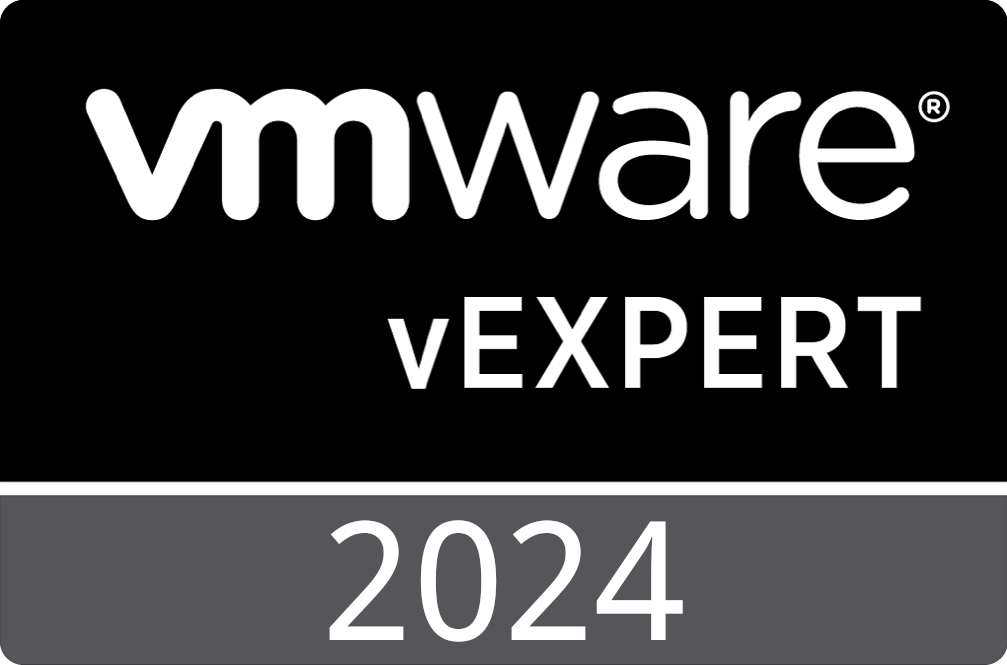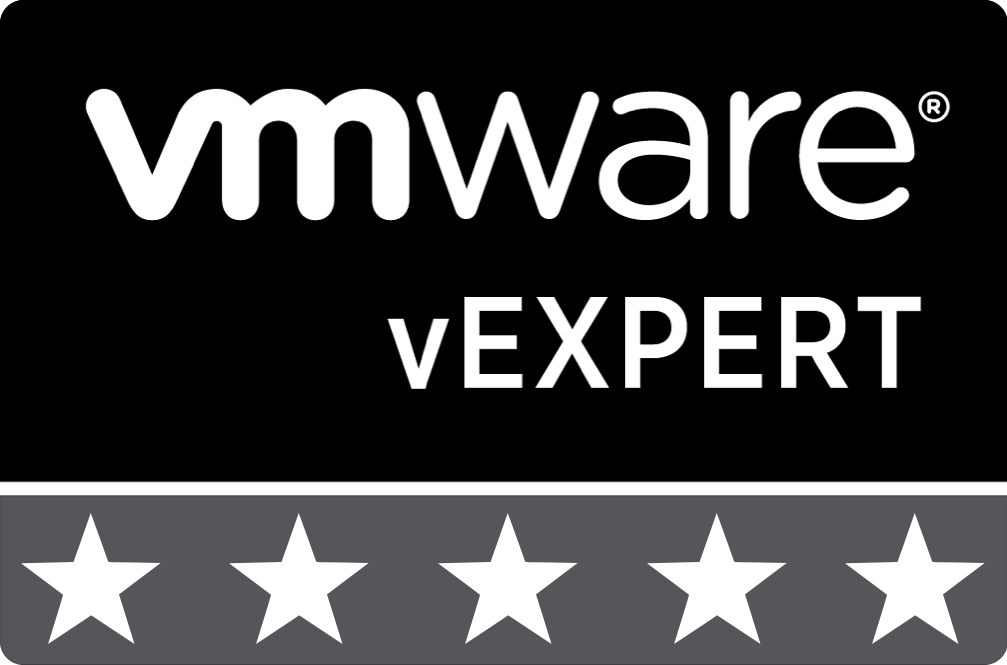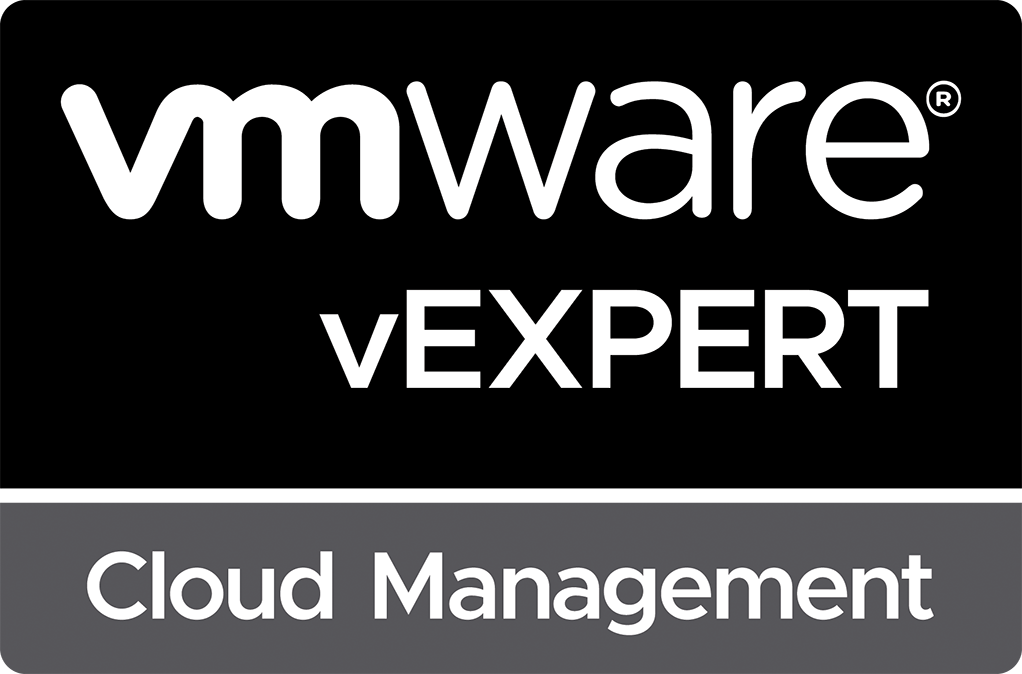Orchestration
VMware vRealize Automation 8.5 is Now Available

Reading time: 3 minutes
VMware vRealize Automation 8.5 has reached general availability as of August 19, 2021. With this release, VMware has provided several enhancements and new capabilities, including:
Assign a Project Administrator as an approver in Approval Policies. Customize the amount of time an IP address is retained before being released after it is no longer in use. Limit the number of K8 Supervisor Namespaces that can deployed for a given Project. The vRealize Orchestrator plug-in for vRealize Automation 8.
VMware vRealize Automation 8.4.2 Released

Reading time: 4 minutes
On June 24, 2021, VMware released the second minor update to vRealize Automation 8.4. vRealize Automation 8.4.2 adds several updates and includes a few bug fixes as well. The full release notes can be found here: vRealize Automation 8.4.2 Release Notes.
Known Issue During Upgrades There is a known issue with upgrading to this release. In the previous vRealize Automation 8.4.1 release, VMware made a change to the user permissions within vRealize Automation regarding the Migration Assistant service.
VMware vRealize Automation 8.4 is Now Available

Reading time: 2 minutes
VMware vRealize Automation 8.4 has reached general availability as of April 15, 2021. With this release, VMware has provided several enhancements and new capabilities, including:
Federal Information Processing Standard (FIPS) 140-2 compliance for SaltStack Config Accessibility enhancements Consolidated secret store Addition of resource tag-based as well as string-based and integer-based operators for use in policy criteria Changes and improvements to the onboarding process including a simplification of the process, the ability to change the project for an onboarded deployment as a day 2 action, the ability to unregister an onboarded deployment, and the ability to bring in the connected vSphere network interface as part of onboarding Numerous changes regarding VM disks, disk placement, and disk management Cloud Assembly Support for Multiple Disks Clusters, Disk Sizes per Template & SCSI Controller Management Cloud Assembly’s Disk Placement, Storage allocation enhancements and Optimized Cluster Disk Deployment/Attachment Better vRA support for disks which are part of an image template Additional image and snapshot management capabilities for Azure Enhancements to Ansible and Puppet support A major redesign to the ServiceNow ITSM plugin A brand new vRealize Automation plugin for vRealize Orchestrator Updated access token API behavior A new “force delete” functionality for IaaS API endpoints Support for Azure VMware Solution and Google Cloud VMware Engine Changes to the “blueprint-service,” “Snapshot Creation for Block Device - Provisioning Service,” “Azure Storage profile creation - Provisioning Service,” “Attach Block Device to a Machine - Provisioning Service” API endpoints, as well as the addition of a new “Resource quota policy - Aggregator service” API endpoint For the full details on all changes in vRealize Automation 8.
VMware vRealize Automation 8.2 – Patch 1 Released

Reading time: 2 minutes
On November 13, 2020, VMware released the first patch for vRealize Automation 8.2. Patch 1 including twenty-five fixes for the Provisioning Engine, the Service Broker, Migration and Assessment Services, vRealize Orchestrator, and virtual appliance/clustering.
The patch can be installed using vRealize Suite Lifecycle Manager 8.2. It is recommended to install vRealize Suite Lifecycle Manager 8.2 Patch 1 before installing vRealize Automation 8.2 Patch 1 (8.2.0.13070). For complete details on the items that have been resolved with this hotfix, review the VMware KB article Cumulative Update for vRealize Automation 8.
VMware Introduces New vRealize Cloud Universal

Reading time: 4 minutes
Today, VMware is introducing the new vRealize Cloud Universal subscription. With this new hybrid subscription offering, VMware is providing customers the flexibility to consume both on-premise and SaaS vRealize Suite products and services using a single subscription license. This offering allows customers the freedom to move workloads between on-premise and SaaS offerings interchangeably without the requirement to purchase new licenses. Additionally, this new offering provides access to Cloud Federated Analytics and Cloud Federated Catalog capabilities.


